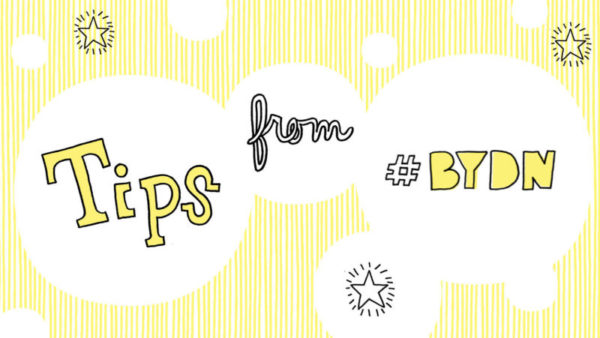
When Tina Roth Eisenberg aka @swissmiss tweets something she is frustrated by…you know it is serious. Her personal motto goes something along the lines of “change things or zip it” — i.e. don’t simply complain. The recurring aggravation which caught my eye? When someone makes an email introduction without checking first.
Yes.
It is a networking no no. As in NO! NO! Never! Don’t even think about it unless there are some special circumstances but even then, hit send with extreme caution.
I refer to these types of emails as a “Dump and Drive”. Someone sends an email making an introduction or request (the “dump”) without regard to the schedule, commitments, inconvenience, expectations, reputation of the recipient (the “drive”).
Sigh.
Oh, how I wish Tina’s super power was to rid the world of these horrid emails. But alas…we continue to battle them. Here’s what I had to say about these types of networking fails in Chapter 7 (the networking #fail chapter) of Build Your Dream Network:
To say I am not a fan of the “you two should know each other” e-mail is an understatement. I refer to these sorts of e-mails as “dump and drive.” Someone with seemingly good intentions thinks two people should meet, sends an e-mail with no further information, and whizzes off. Dropped in someone’s e-mail inbox without context (or permission), this sort of message typically leaves recipients cold to the introduction because they are left to figure out why the introduction was even made. Figuring out the reason for your unsolicited introduction is work — and not networking work your contacts want to take on. It’s your job to explain why!
When someone who is ridiculously busy takes the time to write a blog post on the “drive and dump” e-mail, you know this is a very serious networking fail indeed! Back in March 2013, First Round Capital’s Chris Fralic wrote a post for Forbes.com on the topic of e-mailing busy people (like venture partners). I still refer people to Chris’s timeless post, “The Art of the Email Introduction: 10 Rules for Emailing Busy People.”39 As Chris states in rule 1, “The Ask”:
Sometimes it makes sense to just make the introduction when asked, but in most cases I think it’s a best practice to ask for and receive permission before an introduction is made. is makes it a choice for the recipient and doesn’t create an obligation.
Adventurer Alison Levine is equally adamant about this networking taboo. Her biggest networking tip is never, and she means never, make a “blind introduction” to someone. Always ask their permission first, and give them detail and background about why you are making the introduction.
You may think you are making a helpful networking introduction or connection; however, without the ask, your e-mail (regardless of the level of detail it contains) may have inadvertently inconvenienced or annoyed one or more of the recipients, and suddenly your valued direct e-mail line to an important contact could be short-circuited as a result of one well-intentioned but poorly planned e-mail.


